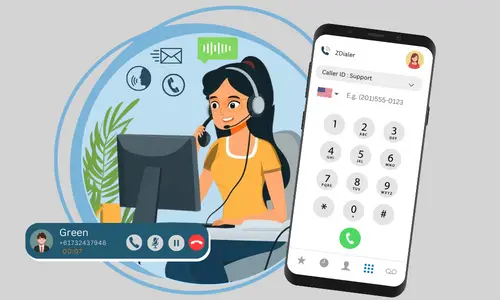Seamlessly Integrate Chatbots Across Channels

Social Media Chatbot Integration
Contact Center Chatbot Integrations
Voice Platform Chatbot Integrations

Vodafone
Optimize IVRs with conversational self-service

China Mobile
Meet customers on their preferred voice channels

Telecom Malaysia
Preserve context across voice and digital interactions
Get started today to create seamless, automated experiences across your customer engagement channels. Our flexible platform makes chatbot integration simple. Contact us for a customized demo.
My Country Mobile's Trusted Partnerships









My Country Mobile Reviews

4.6 out of 5

4.8 out of 5

4.7 out of 5

4.9 out of 5
FAQs about Integrations
What are integrations interconnections?
Integrations interconnections refer to the process of connecting different software systems or applications to enable them to work together seamlessly, enhancing functionality and data synchronization.
Why are integrations interconnections important for businesses?
They streamline operations, improve data accuracy, and facilitate real-time information exchange, leading to increased efficiency and better decision-making.
What types of systems can be connected through integrations interconnections?
Almost any type of system, including CRM, ERP, accounting software, marketing platforms, and more, can be interconnected to enhance business processes.
How do integrations interconnections improve data management?
By ensuring that data flows smoothly between systems, reducing the need for manual entry, and minimizing errors, thus improving overall data quality and accessibility.
Can integrations interconnections be customized for specific business needs?
Yes, integrations can be highly customized to meet the unique requirements and workflows of each business, providing tailored solutions for specific challenges.
What are common challenges with integrations interconnections?
Challenges include ensuring data security, maintaining data integrity during transfer, and managing the complexity of connecting disparate systems with different protocols.
How does API technology facilitate integrations interconnections?
APIs (Application Programming Interfaces) provide a standardized way for systems to communicate with each other, making it easier to establish and manage integrations.
What role do middleware solutions play in integrations interconnections?
Middleware acts as a bridge between different systems, enabling them to communicate and share data without requiring direct connections, simplifying the integration process.
How can businesses ensure the security of their integrations interconnections?
By implementing robust security protocols, encryption, and access controls, and regularly auditing their integration infrastructure for vulnerabilities.
What trends are shaping the future of integrations interconnections?
Trends include the increasing use of cloud-based integration platforms, the rise of AI and machine learning to automate and optimize integrations, and the growing importance of real-time data exchanges.






















